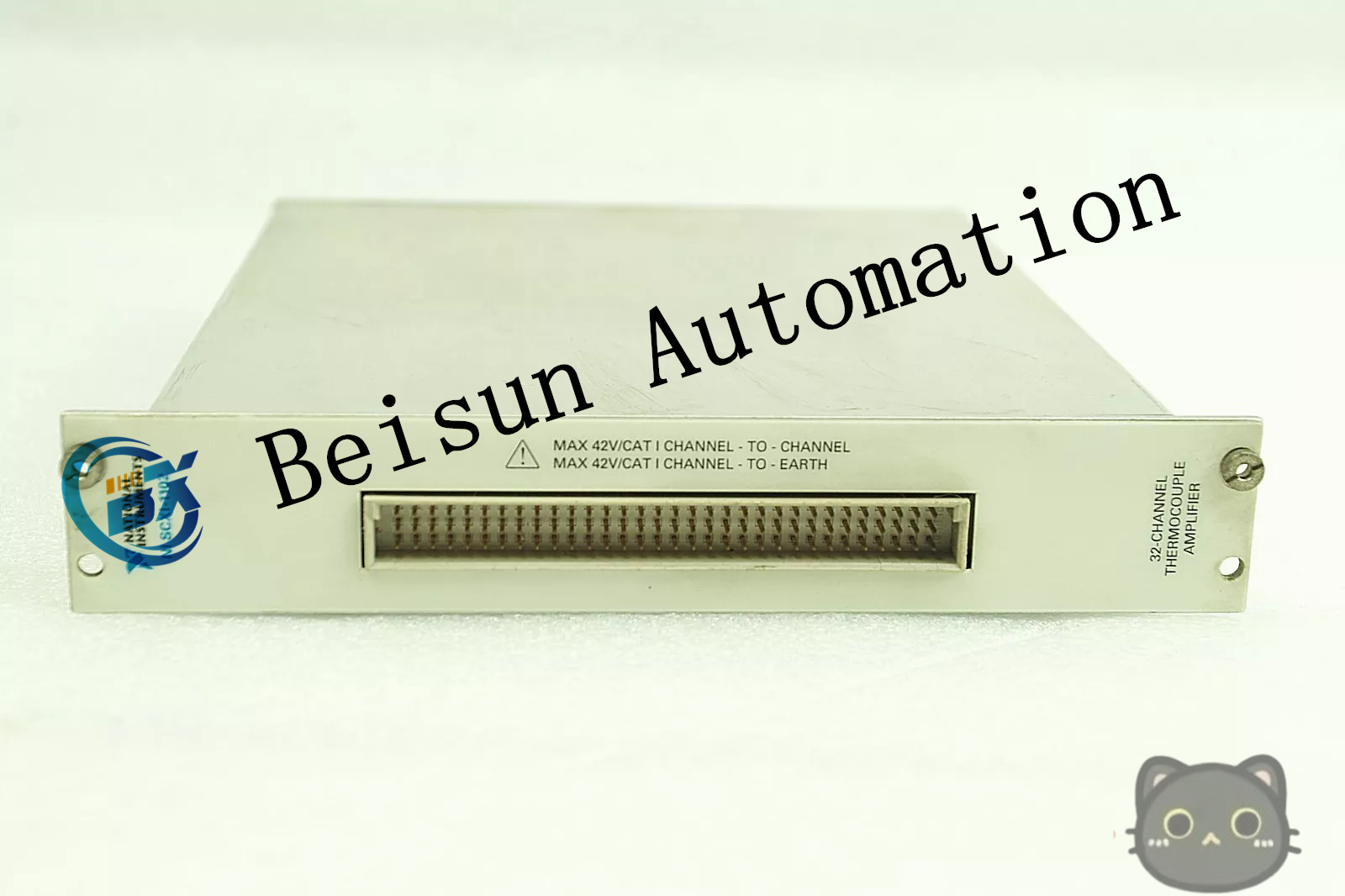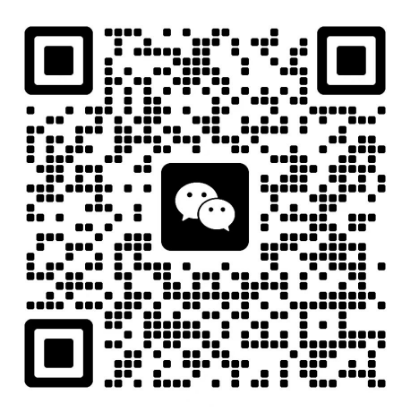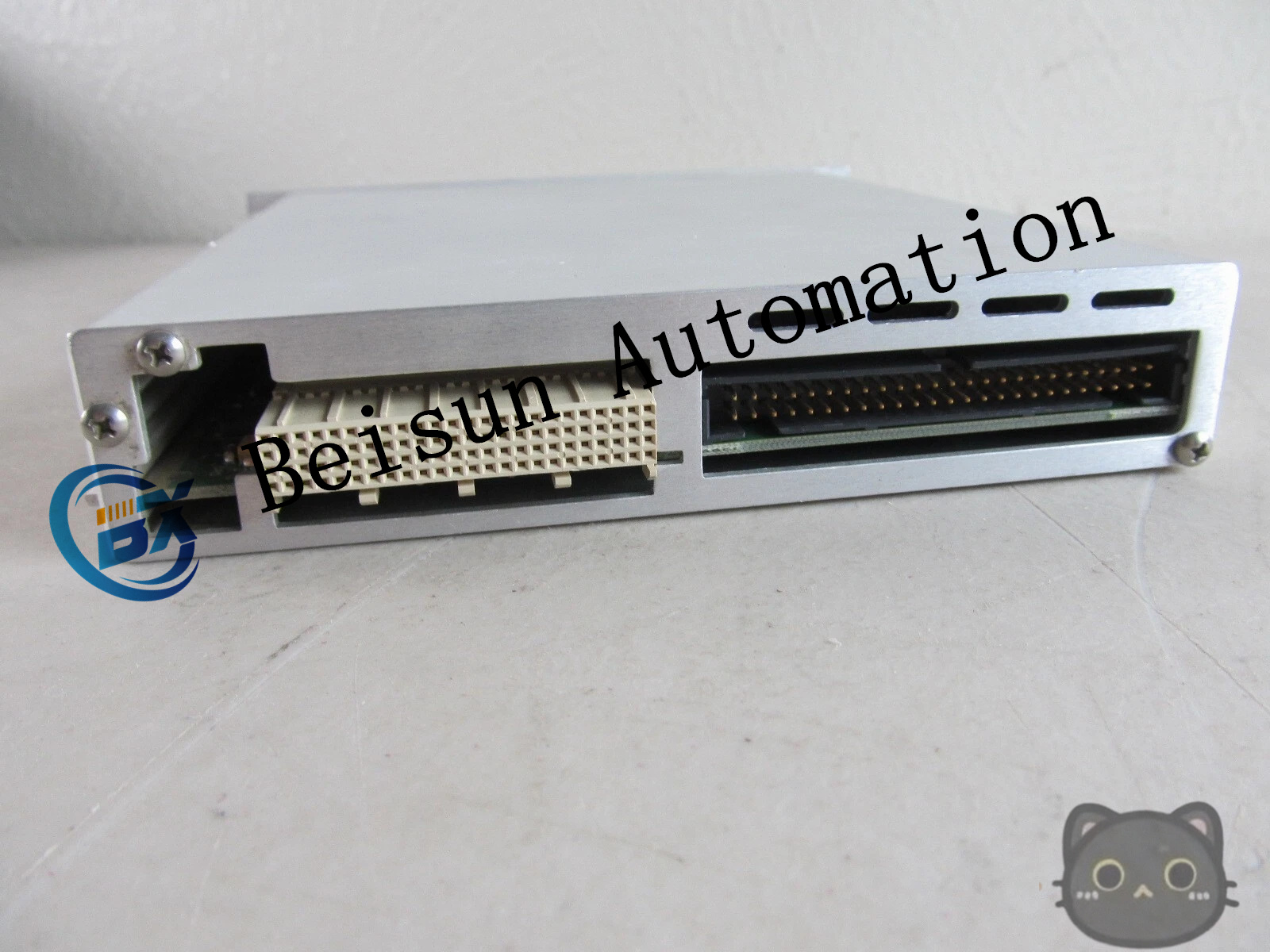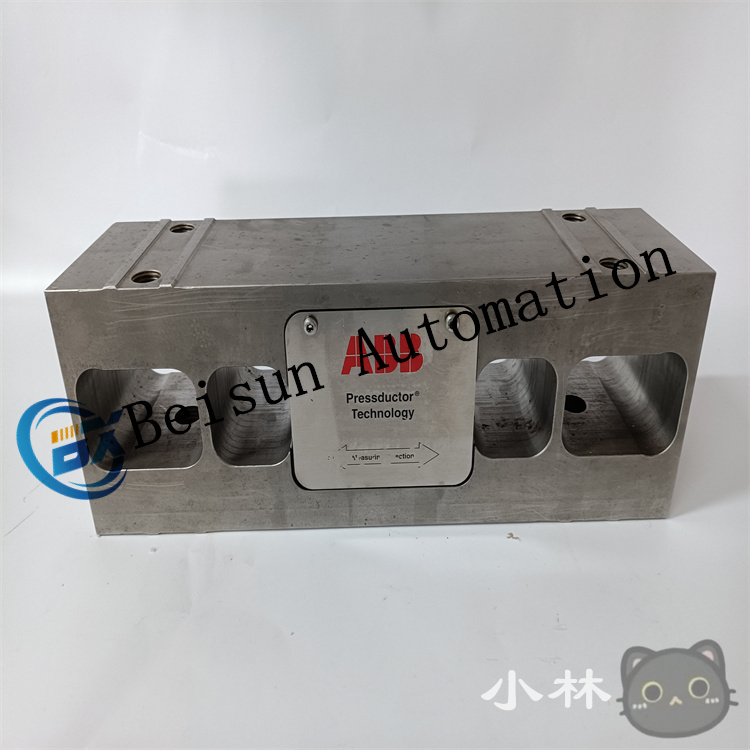Product information
Reviews
Shipping & returns
Product information
NI SCXI-1192 Radio Frequency (RF) Multiplexer module
Characteristics
Channel quantity and configuration: This module provides 8 single-pole double-throw (SPDT) RF switch channels, allowing for flexible switching of RF signal paths. This configuration enables users to select among multiple signal sources or signal processing paths to meet different testing and measurement requirements.
Frequency range: Supports a wide frequency range from direct current (DC) to 2.7GHz, capable of handling various RF signals, including low-frequency communication signals and high-frequency microwave signals, etc., suitable for a variety of RF application scenarios.
Low insertion loss: It has a relatively low insertion loss throughout the entire operating frequency range, with a typical value of less than 0.5dB at 2GHz. This means that the signal can maintain a high amplitude when passing through the switch, reducing signal attenuation and thus ensuring the quality and accuracy of the signal.
High isolation: There is a high degree of isolation between channels and between channels and ground. At 2GHz, the typical isolation is above 80dB. High isolation can effectively prevent crosstalk between signals, ensure the signal independence and integrity of each channel, and improve the measurement accuracy and reliability of the system.
Fast switching speed: The switch features a fast switching speed, typically within 50μs, enabling rapid switching between different signal paths. This meets the requirements of applications with high real-time demands, such as rapid signal scanning and dynamic testing.
Electrical compatibility: Compatible with multiple RF signal levels, it can be well matched with various common RF signal sources and load devices, facilitating integration into different RF systems.
Connectors: High-quality RF connectors, such as SMA connectors, are adopted to ensure the good transmission and connection stability of RF signals. These connectors feature excellent electrical performance and mechanical durability, and are capable of adapting to frequent connection and disconnection operations.

Application
Wireless communication testing: In the research and development, production and testing of wireless communication equipment, it is used to switch different RF signal sources, antennas or test paths to achieve performance testing of devices such as transmitters and receivers, such as power measurement, frequency response testing, modulation and demodulation analysis, etc.
Radar system: In the testing and debugging of radar systems, it can be used to switch between radar transmission and reception channels, as well as different target simulators or echo signal paths, which is helpful for testing and optimizing the functions of radar such as distance measurement, Angle measurement, and target detection.
Rf instrument calibration: During the calibration process of RF instruments, as a signal switching device, the standard signal source is connected to different ports of the instrument to be calibrated to calibrate parameters such as amplitude, frequency, and phase of the instrument, ensuring the measurement accuracy and reliability of the instrument.
Satellite communication: In the testing and maintenance of satellite communication ground stations, it is used to switch between different satellite links, antennas or RF front-end devices for signal quality monitoring, link performance evaluation and troubleshooting, etc.




Reviews
There are no reviews yet.